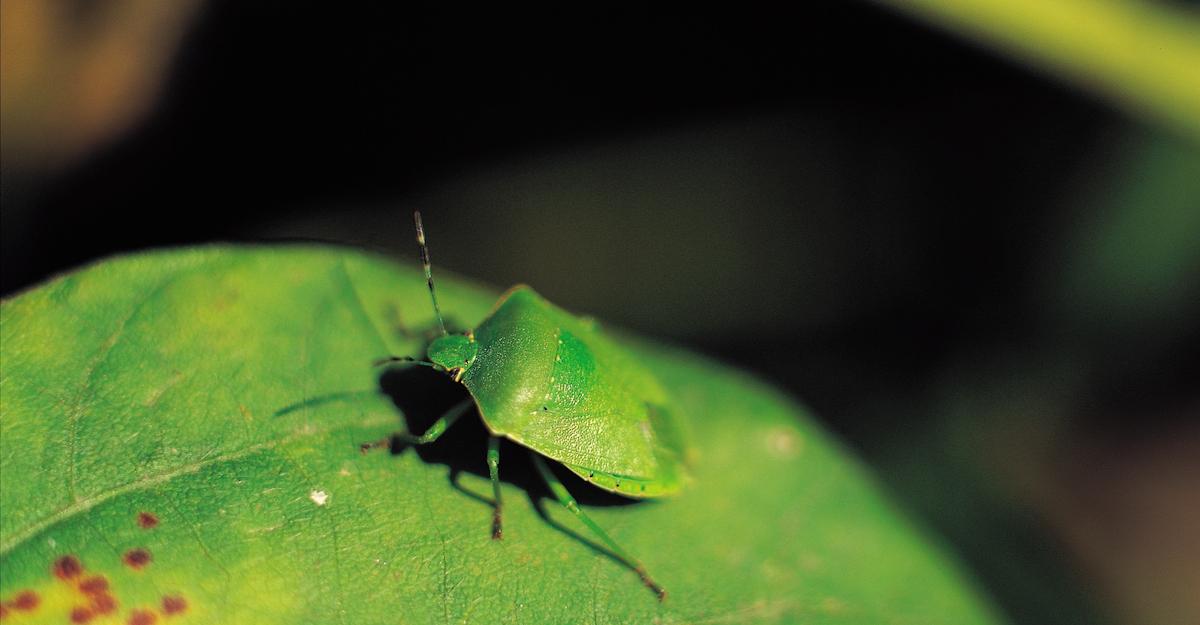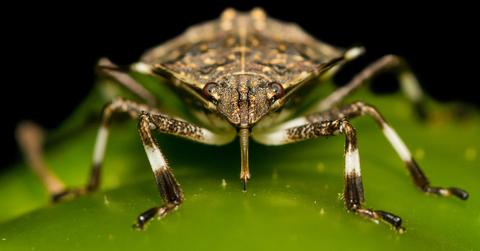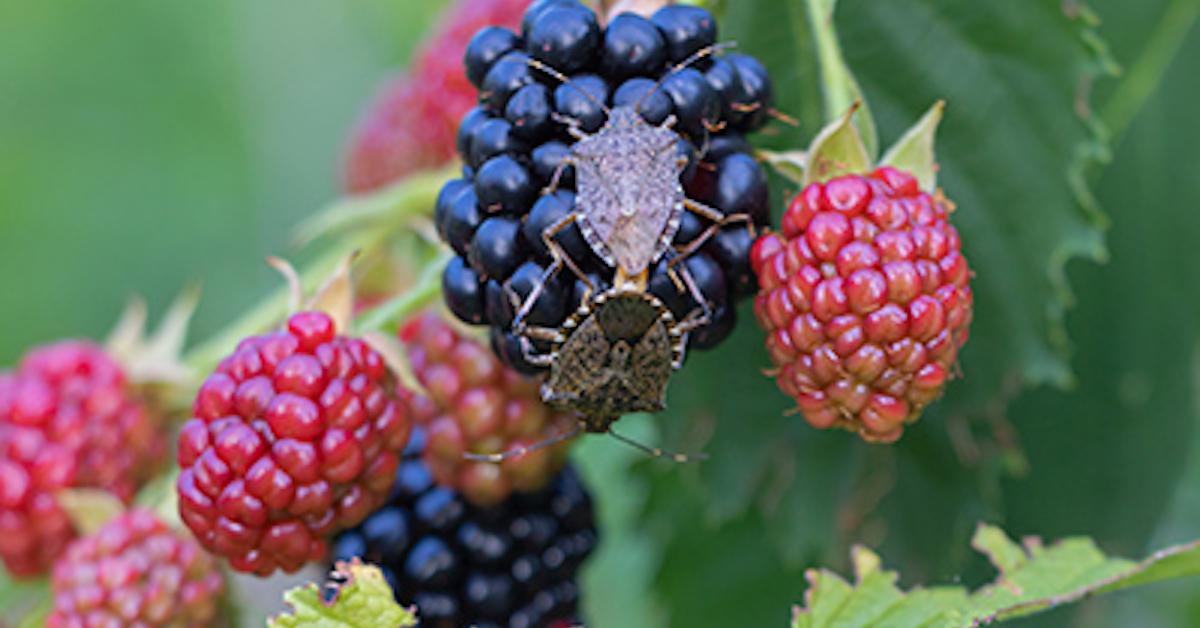U.S. Stink Bug Invasion to Get Even Worse in Some Areas, New Study Shows
Published Oct. 7 2022, 1:01 p.m. ET
Nobody likes stink bugs — slightly resembling cockroaches, they emit a foul odor when squashed, and unfortunately, their dead bodies attract more stink bugs. And if you've noticed that the stink bugs have been especially bad this year, there's a reason for that.
It's widely known that invasive species are increasing, with climate change-induced temperatures, but a new study conducted by the University of Washington confirmed stink bug invasions are supposed to become more widespread and get worse.
"Many invasive insect species have wide host ranges and broad environmental tolerances, allowing them to rapidly expand their range in invaded regions. Moreover, empirical evidence has shown that climate change has caused many species, including insects, to shift their native distributions or realized niche" reads the study, which was published via Pest Management Science, in August 2022.
"Climate change also plays a key role in altering the distribution and population dynamics of invaders that are expanding their range, thus potentially exacerbating the damage caused by certain invasive agricultural pests," the study continues.
"While [stink bug] occurrence was most affected by winter precipitation and proximity to populated areas, [stink bug] abundance was influenced most strongly by evapotranspiration and solar photoperiod."

Stink bug invasions are expected to increase, University of Washington's study shows.
As previously mentioned, climate change is to blame for the recent spread of the marmorated stink bug — but a new study shows the invasions are only expected to worsen.
According to The Hill, the pests came to the U.S. in the mid-1990s from eastern Asia. They feed on fruit, trees, and crops, taking a major toll on those in the agricultural industry, and though their populations are highest in the mid-Atlantic, they're expected to become more widespread (and get even worse!).
The researchers behind the study monitored stink bug populations across 17 states and various climates. They then created a model that showed how climate change will effect their numbers.
“Every system will change with climate change, so the fact that you can grow garbanzo beans, lentils or wheat without these pests now, doesn’t mean that you will not have them in a few years,” study lead author Javier Gutierrez Illan stated in the press release.
Prime conditions for stink bugs (warm summers and wetter, more mild winters) are expected to shift northwards, thus bringing them to Wisconsin, Michigan, Illinois, Indiana, and Ohio; as well as California and Idaho.
But areas in the South are expected to get drier. So states along the Gulf of Mexico could face less stink bugs in their futures. But overall, it's likely to get worse as time goes on, so expect to see more of these freeloading squatters in your home over the next few years.
How do you get rid of stink bugs in your home?
You can't squash stink bugs, unless you want to smell the awful odor, and in turn, attract more stink bugs. Obviously, you can trap and release them, but how do you keep stink bugs out of your home in the most effective way possible?
Prevention is key. Stink bugs often slip into your home through cracks in your home's foundation and roof; and through gaps in windows, doorframes, and screens. So make sure your home is totally sealed — take a little caulk or sealant and repair anything that needs it.
Exterminators can also pre-treat your house for stink bugs ahead of colder months, if that tends to be an issue in your area. You can even do it yourself, with products such as D-Fense SC , Cyzmic CS, Bifen IT, Cyper WP, and Demon WP. Just make sure to take care of it while the weather is still somewhat warm.
Exchanging white or bright outdoor lights for darker or yellower lights also keeps vermin away. Whatever you do, though, save your fly swatter for the actual flies.

